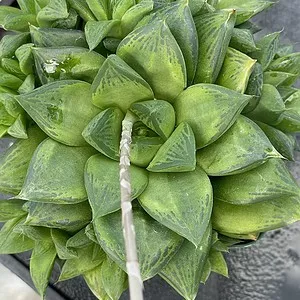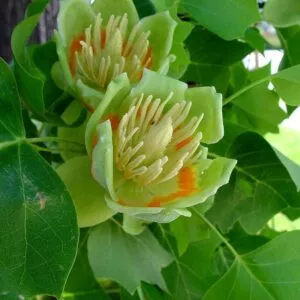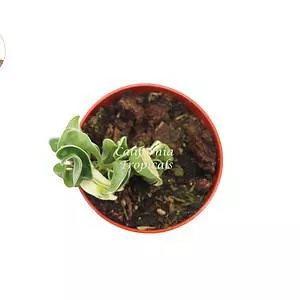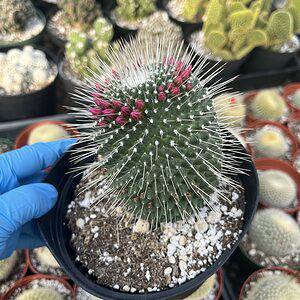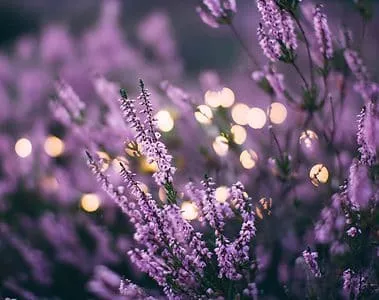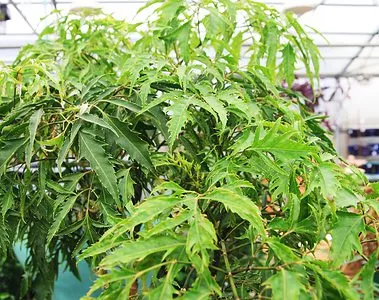No products in the cart.
Over the past few decades, people have stepped up their game regarding plants. As a result, many people are investing in rare and unusual houseplants.
But what classifies as a rare houseplant, and how do these plants become rare?
Stay longer if you want to step up your game with a rare plant collection to move away from spider plants and become a parent of exotic plants instead.
What are Rare Houseplants?
Rare indoor plants are classified rare as you hardly get them available at your local garden center or nursery. Another thing is whether it is a pencil cactus or a desert rose, a rare houseplant becomes more challenging to identify. But what makes a plant rare?
Several factors come into play:
A high demand
Introduced species or newly developed hybrid
No viable seeds produce
The lengthy or unusable cultivation period
You have logistic restrictions
When combining these factors, considering the profit aspects of a business, you end up with high prices, which is another reason why not all plant collectors want to own an exotic plant.
What Influences People to Collect a Rare Houseplant
Many factors influence people’s desire, such as a Queen Anthurium, Anthurium veitchii, also known as the King Anthurium. As popular as the others are, you also have the Kinabalu orchid, which is scarce.
Not to mention plants that are highly sought after for their white variegation to elongated leaves to grow indoors; here are some factors that could make a plant like the Shenzhen Nongke Orchid a rare specimen.
Social Media

For avid plant collector who wants to find rare tropical plants know they are prized for their foliage and blooms. Hence, these plants have a higher price tag.
Still, did you know that social media plays a massive part in determining how much you will pay for rare variegated plants?
When you look at popular trends on media platforms, for example, the variegated monstera, the more it trends, the more people want it and the higher the price you will pay, making it a rare houseplant.
The Challenge Of Getting Rare and Expensive Plants
Another concern is when indoor plants are in demand, they become scarce, and the ears of shady people start to pick them up.
This all starts to turn toward plant poaching. Some common plants poached in the wild are the big barrel cactus growing in South and Central America. The other popular plant is the Aglaonema pictum tri-color.
Yes, it is a plant distinguished by camouflage-patterned leaves and does not easily stay alive. Plant poaching adds to making plants rare when it comes to your indoor garden.
A fact is that many of these plants become extinct, and we as people should become more aware of this.
Curiosity or Thrilling Chase for Rare Houseplants

This section goes hand in hand with social media.
For example, when a famous plant collector’s items are displayed on Twitter, their followers want to get their hands on that plant.
The more people become curious, the more the chase becomes a thrill, making many plants like a snake plant commonly found a rare specimen to get your hands on.
-
$24.99Sold By: BubbleBlooms
In stock
Seersucker Plant, In a 4 Inch Pot, Geogenanthus poeppigii, Striped and Rippled Leaf Plant
Rated 4.81 out of 5 based on 279 customer ratings00Sold By: BubbleBlooms -
$19.99Sold By: BubbleBlooms
In stock
Alocasia Silver Dragon, Super Rare Jewel Alocasia, in 4 inch pot, Alocasia baginda
Only 97 available and it’s in 1 people’s basketRated 4.81 out of 5 based on 279 customer ratings03Sold By: BubbleBlooms -
-
$12.00Sold By: Beauties & Beasts
In stock
Succulent- Haworthia cuspidata
Rated 4.83 out of 5 based on 24 customer ratings00Sold By: Beauties & Beasts
Status Symbol And It is Not Only About The Dark Green Leaves
Just one person owning Philodendron gloriosum gives them status to show off to their friends. So, the plant becomes a status symbol; everyone discusses it on social media.
Hence, another person also wants to get their hands, for example, on a Philodendron pink process, and it has become a rare cultivar to find.
The Rise of Variegation: Cultivars with Unique or Exotic Foliage

The common houseplants have dark green leaves, but variegated cultivars are popping up almost everywhere, with new hybrids making their way onto the plant market.
You can find many types with glossy leaves, splotches of pink variegation, and more. These plants become a great focal point in the home and become rare as almost everyone wants one.
Pros and Cons of Rare Houseplants
When looking at non-native species, you can find many different types, like the Philodendron melanochrysum from South America. It is not native to North America but can still have benefits.
Pros:
There are no limitations, even if they are rare, and all you need to do is provide your houseplant with enough light, suitable soil, and water.
You get the WOW factor as they are impressive as they can have deep purple foliage that only needs bright indirect light. Hence, it becomes the focal point in the home.
Another thing about rare houseplants is that some are even disease- or pest-resistant, but they can become resistant to native diseases as well.
Whether you have a typical plant or a Philodendron pink princess, the upkeep is similar. Both need bright light to well-drain the potting mix and moist soil, not waterlogged. While flora like the pencil cactus or the desert rose prefer bright light, others also thrive indoors.
Cons:
Rare cultivars can have more upkeep as they are not adapted to the native environment. For example, a pencil cactus and other cacti adapt well to most environments, but others, like a peace lily, need more upkeep.
A rare specimen will cost more, and even importing one from, for example, the Middle East, is at a high cost.
Many do not have a benefit for the environment when growing in the garden as they do not attract pollinators in the region as your native vegetation does.
Examples of Rare Houseplants
Here, we have some sought-after cultivars that many people would love to get.
Uncommon Succulent and Cacti
Rhipsalis micrantha
 Rhipsalis micrantha @epiforums
Rhipsalis micrantha @epiforums
The forest cactus looks fabulous in a hanging basket or standing high on a shelf with its foliage cascading over the side. Compared to other rare and uncommon houseplants, the Rhipsalis is relatively easy to care for, as it needs moderate water with some misting.
The excess water must drain from the roots and thrive in hanging baskets in indirect light.
Exotic Carnivorous Plants
Venus flytrap
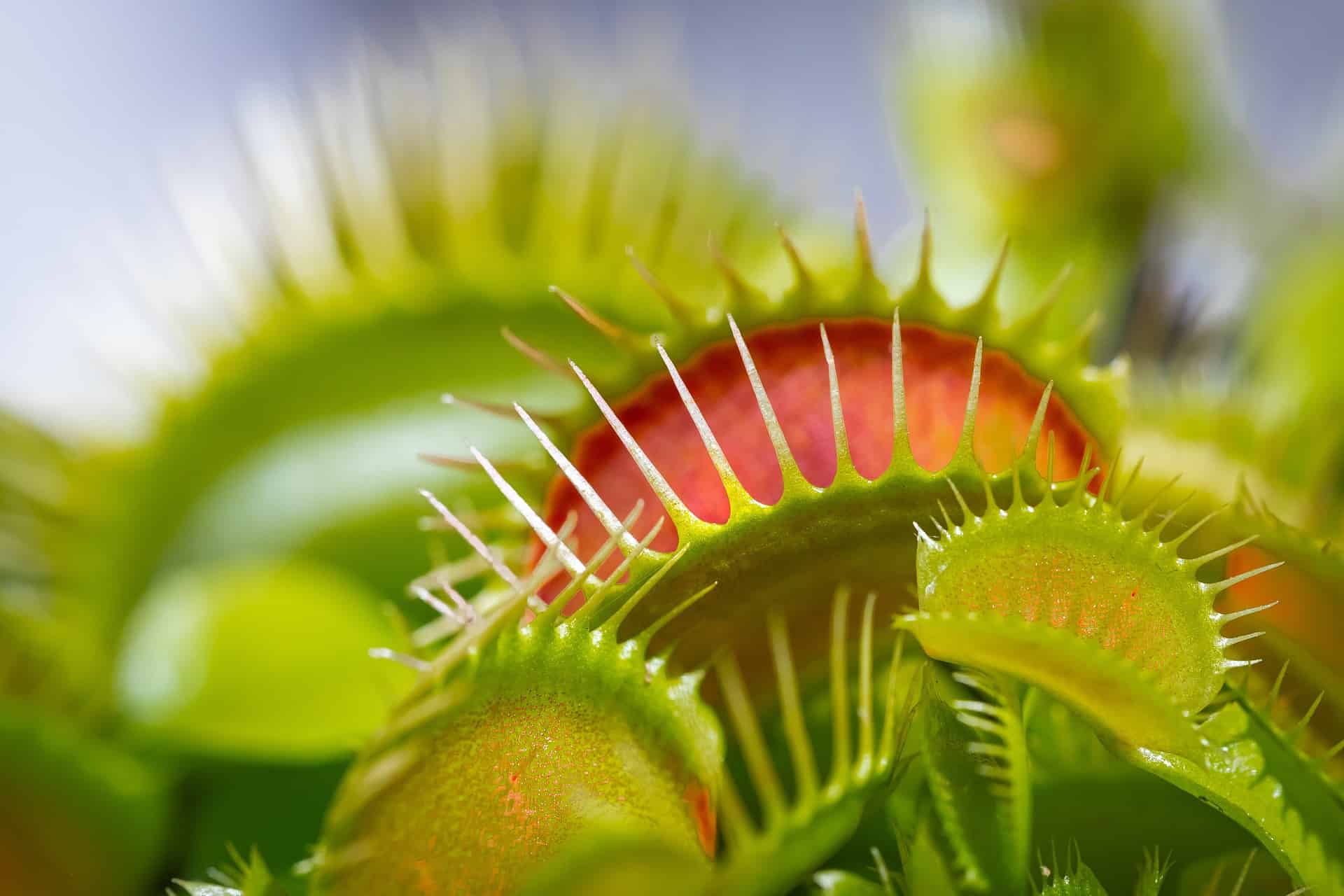
The Venus flytrap is an unusual but perfect plant for the home. It is a carnivorous plant that loves eating bugs. It prefers the soil moist but only needs watering when completely dry.
Still, it does not enjoy direct light as it can scorch the leaves.
Hybrids
Philodendron Florida beauty
The hybrid Florida beauty has impressive evergreen vegetation belonging to the Aracea family. Still, it is a poisonous plant for humans and animals. It blooms creamy flowers that have a pinnate shape and lobed structure.
Florida beauty is a hybrid of Philodendron pedatum and Philodendron squamiferum. It has impressive rich and evergreen vegetation. It belongs to the Araceae family and is lethal to animals and humans if consumed orally.
The creamy flowers have a pinnate shape with lobed structures. The plant prefers bright filtered light and is drought tolerant.
Laboratory Grown
MONSTERA Thai constellation

Another scarce plant is the variegated salad plant with speckled cream-green leaves. The marbled color patterns look like a starry night and are rare.
Hard To Get Plants
Philodendron spiritus-sancti
 Philodendron spiritus @yaanan_anyarin
Philodendron spiritus @yaanan_anyarin
Now, the holy grail of all houseplants is the Philodendron Spiritus-Sancti. The tropical plant comes from Brazil and is a hemiepiphyte vine. It starts as a seed climbing trees and then grows downwards, setting its roots in the soil.
Monstera obliqua
It is an exciting plant with foliage and empty spaces, looking like a moth ate it. The leaves are paper thin and must be kept in high humidity.
Conclusion
As you can see, you can find an attractive rare ornamental plant to display with your other indoor plants.
Now, you know why some plants are rare and why you pay a fortune for them. Now, another interesting question you may have is if Plantly sells some of these rare plants.
The answer is yes; we have some available for you to buy.
Whether you want to buy, sell, or simply reach out to other plant enthusiasts, Plantly is the right place to be!
-
Free Shipping$34.95Sold By: CKK PRODUCTS LLC
$39.95In stock
Tulip Tree Seedling XL/jumbo size
Rated 5.00 out of 5 based on 1 customer rating00Sold By: CKK PRODUCTS LLC -
Free Shipping$2,664.15Sold By: BONSAI WORLD LLC
Only 1 left in stock
Shishigashira Japanese Maple Bonsai Tree (acer palmatum ‘shishiga
Sold By: BONSAI WORLD LLC -
Free Shipping$29.99Sold By: California Tropicals
$37.55In stock
Hindu Rope Hoya Variegated – 4″ from California Tropicals
Only 35 available and it’s in 1 people’s basketRated 4.96 out of 5 based on 25 customer ratings03Sold By: California Tropicals -
$19.99Sold By: Cacti and Exotica
In stock
Cactiandexotica | Mammillaria spinosissima Un Pico
Rated 4.98 out of 5 based on 59 customer ratings00Sold By: Cacti and Exotica



